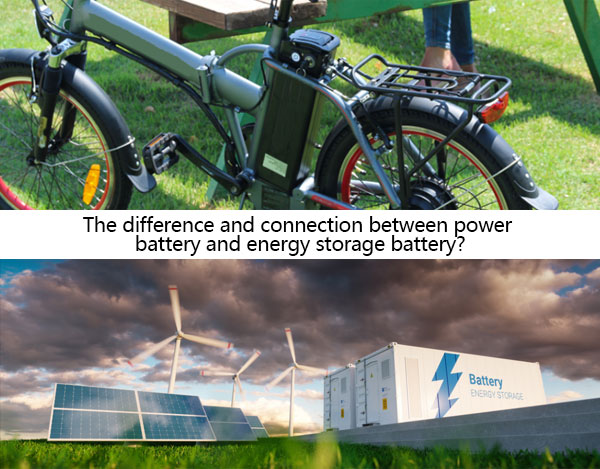
Power storage lithium batteries are used to store electrical energy. From the application point of view, they are all energy storage, so it can be said that all lithium batteries are lithium batteries for energy storage. Later, in order to distinguish applications, they are divided into power consumption according to the site. , electrical energy and energy storage.
Consumer applications include consumer products such as mobile phones, notebook computers, and digital cameras, power applications for electric vehicles, and energy storage applications for energy storage power stations.
In fact, the power battery is also an energy storage battery, mainly used in electric vehicles. Due to the limitations of vehicle size and weight, as well as the requirements for starting and accelerating, the performance requirements of power batteries are higher than those of ordinary energy storage batteries.
If the energy density is higher, the charging speed of the battery is faster and the discharge current is larger, but the requirements for ordinary energy storage batteries are not very high. According to this standard, the capacity of the power battery is less than 80%, so it can no longer be used for new energy vehicles. However, with minor modifications, it can also be used in energy storage systems.
From the perspective of application scenarios, power lithium batteries are mainly used in electric vehicles, electric bicycles and other power tools, while energy storage lithium batteries are mainly used in auxiliary services for peak regulation and frequency regulation, renewable energy grids and microgrids.
Due to different application scenarios, the performance requirements for batteries are also different.
First of all, as a mobile power source, the power lithium battery, under the premise of safety, the higher the volume (mass) energy density, the better, in order to achieve longer durability. At the same time, users also hope that electric vehicles can be charged safely and quickly. Therefore, for safety reasons, power lithium batteries have higher requirements for energy density and power density.
At present, energy batteries with a charge-discharge capacity of about 1 C are widely used.
Most energy storage devices do not need to be moved, so energy storage lithium batteries have no direct requirements for energy density. For power density, different energy storage solutions have different requirements.
For peak regulation, off-grid photovoltaic energy storage or peak-valley energy storage on the user side, the energy storage battery generally needs to be continuously charged or discharged for more than 2 hours, so it is suitable to use a capacity battery with a charge and discharge rate of ≤0.5C. For energy storage occasions with power frequency modulation or stable fluctuation of renewable energy, the energy storage battery needs to be quickly charged and discharged within seconds to minutes, so it is suitable for the application of ≥-2C power battery. In some application scenarios that require frequency regulation and peak regulation at the same time, the energy battery will be more suitable, of course, in this case, the power type can also be used together with the capacity battery.
Compared with power lithium batteries, energy storage lithium batteries have higher service life requirements. The service life of new energy vehicles is generally 5-8 years, while the life of energy storage projects is generally more than 10 years. The cycle life of power lithium batteries is between 1000 and 2000 times, while the cycle life of energy storage lithium batteries is generally more than 3500 times.
In terms of cost, power lithium batteries face competition with traditional fuel power sources, while energy storage lithium batteries need to face the cost competition of traditional peak regulation and frequency regulation technologies. In addition, the scale of energy storage power stations is basically above megawatts or even gigawatts, so the cost of energy storage lithium batteries is lower and the safety is higher than that of power lithium batteries.
There are certain differences between power lithium batteries and energy storage lithium batteries, but from the perspective of batteries, both can use lithium iron phosphate batteries and ternary lithium batteries. The main difference is the management system of BMS batteries. The power response speed and power characteristics, SOC estimation accuracy, and charge-discharge characteristics of the battery can be realized on the BMS.
Keheng New Energy’s Range Of Products
- 100AH 12V Low Temperature Heating Enable
- Lithium Battery Cell
- Lithium Battery Pack
- Escooter/Ebike Battery
- 12V/24V Lifepo4 Battery
- Portable Power Station
- ESS Energy Storagy Systems
- Deep Cycle Batteries With BMS
- Low Temperature 24V 60AH Battery




